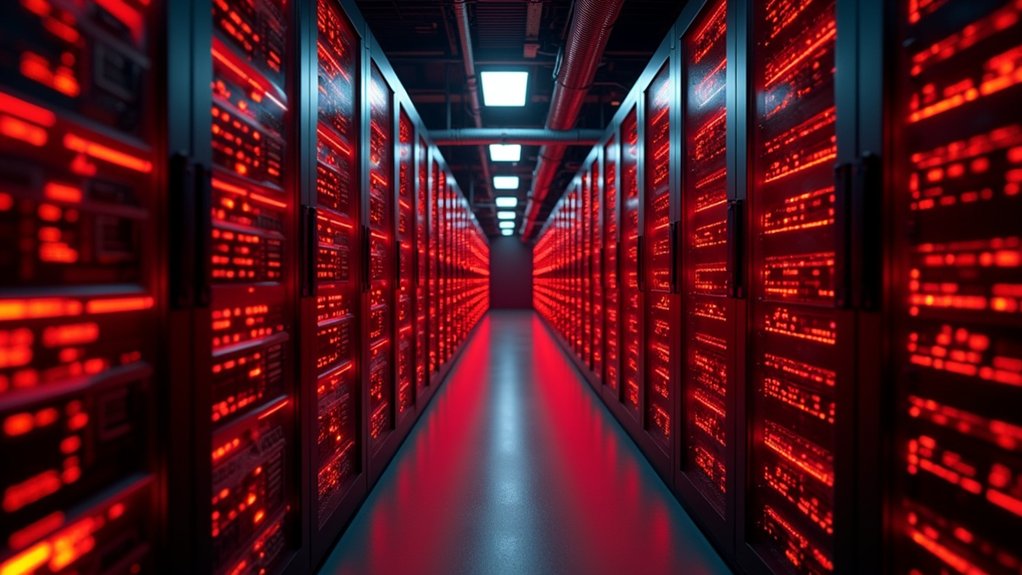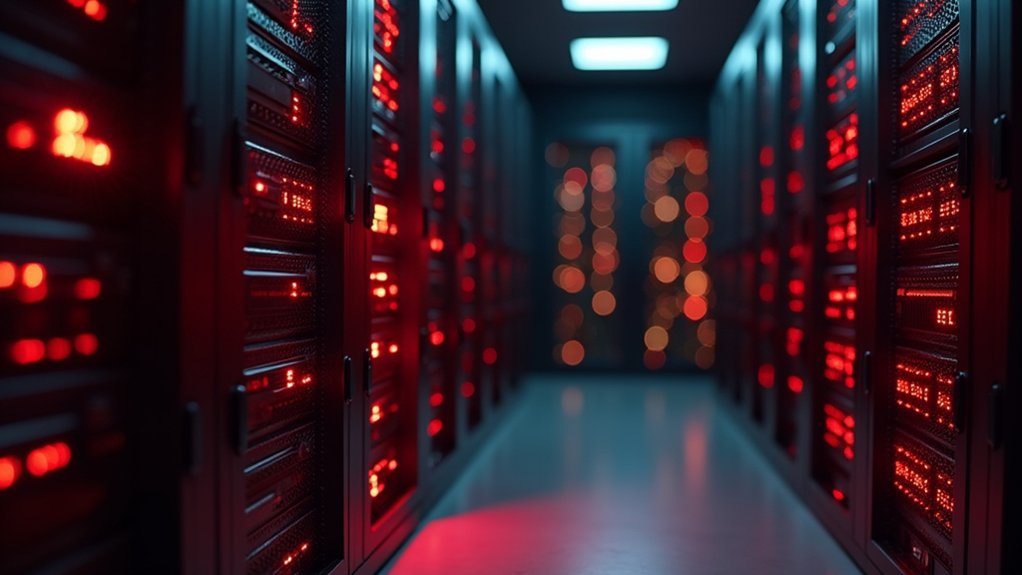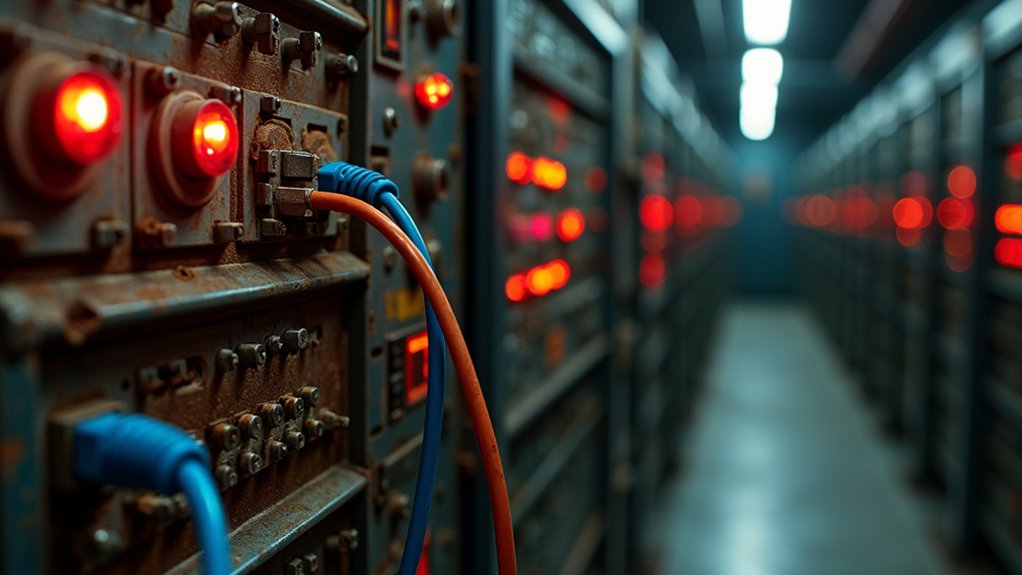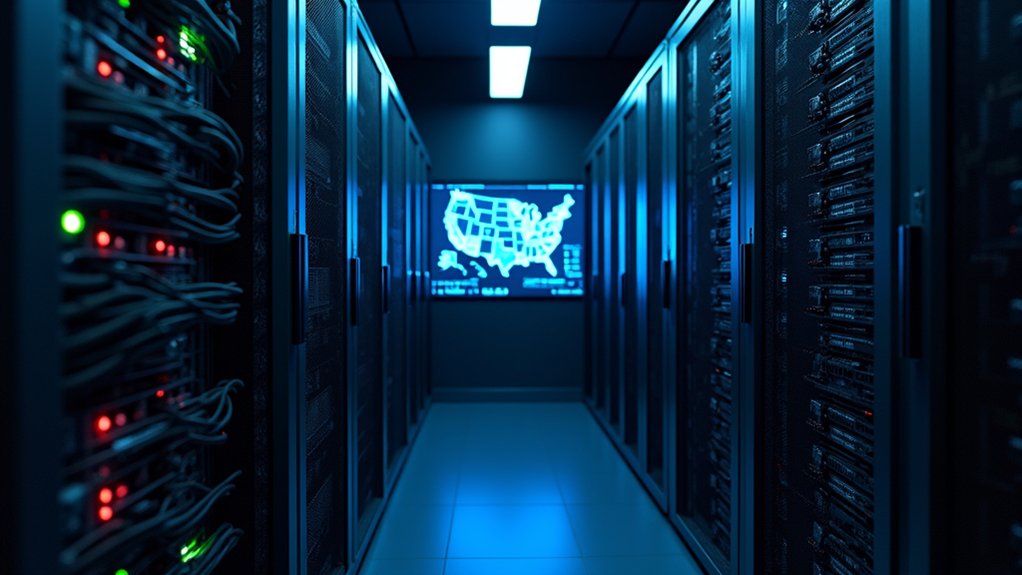As solar power installations proliferate across electrical grids worldwide, cybersecurity experts have identified a concerning surge in vulnerabilities that expose critical energy infrastructure to malicious attacks. Solar inverters, which serve as primary interfaces between solar panels and electrical grids, have emerged as high-value targets for cybercriminals seeking to disrupt energy systems.
Recent security assessments have identified over 90 vulnerabilities in major inverter brands including Sungrow, Growatt, and SMA. These flaws allow attackers to gain unauthorized control over power flow, potentially causing widespread energy instability and grid disruption. Many exposed inverters continue operating with outdated firmware, leaving known security gaps unpatched and systems vulnerable to exploitation.
Over 90 vulnerabilities in major solar inverter brands expose power grids to unauthorized control and widespread energy disruption.
The scope of exposure is substantial, with at least 35,000 solar power systems currently accessible via the public internet. SolarView Compact devices exemplify this trend, with exposed units increasing from 600 in 2023 to over 2,000 in 2025. On the other hand, SMA Sunny Webbox exposure decreased from 80,000 to 10,000 devices following vulnerability disclosures, demonstrating the impact of security awareness.
Compromised solar devices can be assembled into botnets, facilitating large-scale Distributed Denial-of-Service attacks against grid infrastructure. Attackers employ reconnaissance tactics to identify system vulnerabilities before launching coordinated strikes. A hijacked fleet of inverters can collectively amplify disruption, creating risks of widespread blackouts and equipment damage.
Security researchers have documented significant authentication weaknesses, including password-reset vulnerabilities that default to “123456,” allowing complete account takeover on Growatt inverters. Attackers exploit outdated technologies, unpatched firmware, weak authentication protocols, and exposed application programming interfaces to gain system access. Modern solar installations increasingly integrate smart-grid technologies that create additional entry points for potential cyber threats.
The consequences extend beyond data breaches to physical disruptions in energy delivery. Cyber-physical attacks allow manipulation of output settings, potentially overloading electrical grids and causing equipment damage. Operational interruptions threaten critical infrastructure and public safety, while uncontrolled energy fluctuations can damage both grid systems and customer equipment.
Industry responses include vendor security patches and recommendations to minimize unnecessary internet exposure for solar devices.
Nonetheless, the combination of remote attack capabilities, embedded malware potential, and widespread device exposure continues to present significant cybersecurity challenges for renewable energy infrastructure.









